Shame, isolation, and self-hatred
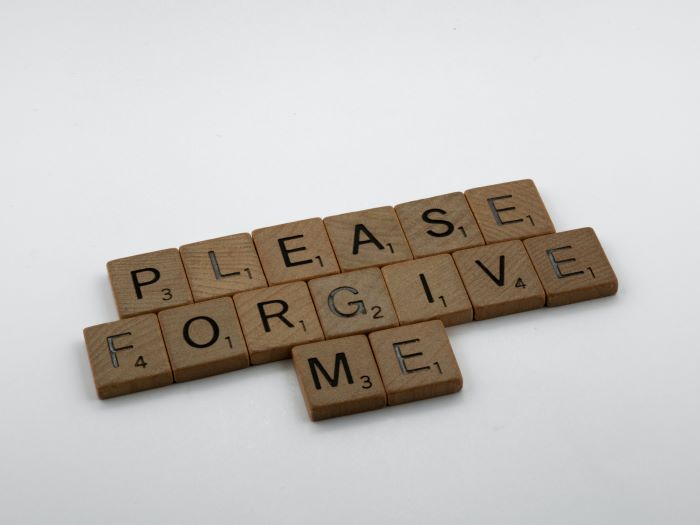
Photo by Brett Jordan on Unsplash
Shame and Guilt
Shame is one of the most undesirable emotions. The word alone may conjure up some visceral memories from school days that you would probably prefer to not think about. It’s truly the stuff of nightmares!
In psychology, shame is defined as an emotion that brings about a sense of humiliation or distress caused by the self-perception of wrong or foolish behavior. In other words, you feel shame when you believe you have done something wrong.
Leading researchers refer to shame as a “moral emotion”. The physical experience of shame can include strong sensations such as hot flashes, tightness in the throat, a dropping sensation in your stomach, and/or lightheadedness. The mind experience of shame typically involves negative self-judgments such as “I am inherently flawed”. The more you experience these things, the more intense the shame becomes.
Guilt, by contrast, involves the negative evaluation of one’s behavior. Whereas guilt may tell you “I have done a bad thing,” shame says, “I am bad.”
This shifts the badness from the behavior to the self. Because of this, shame has the potential to be particularly harmful due to its impact on what you believe about yourself. Shame has been demonstrated to have close ties to overthinking, not being able to make decisions, avoidance, self- harm, withdrawal, loneliness, anxiety, aggression, and post-traumatic stress.
An Evolutionary Advantage
Shame and guilt, like all emotions, have adaptive advantages, and not just for making interesting horror stories.
These feelings can help you understand how you affect others. Humans are relational beings, and need social connections to survive. Those connections tend to require that getting along with one another.
In tribal times, social rejection and exclusion could lead to death. In modern times, the death may only be an existential one, but severe nonetheless. Group inclusion increases your chance for survival.
Accordingly, these self-evaluative emotions can help us learn and abide by social norms, therefore keeping us in relationships with others, and, in turn, keeping us safe.
Shame and the Self
Everyone has an evolutionary drive to abide by social norms, but they aren’t always psychologically healthy. Many hold identities that differ from the ordinary, including less-represented racial, sexual, and gender identities.
This can result in feeling shame simply for being different. Additionally, most people that grow up in Western cultures are made to feel ashamed for expressing certain emotions, such as anger and/or sadness. In this way, what is absolutely normal for humans and many animals somehow becomes not normal by social norm standards. And, so, when these very normal emotions inevitably arise, the message starts to become “I’m a bad person.”
Take, for example, a child who is hurt by their parent’s behavior. The child then becomes angry and shares that anger with their parent. If the parent responds with retaliation, overwhelm, or rejection, the child will learn that experiencing anger is bad, and expressing anger leads to a lack of care. This can feel life-threatening to a child, who needs their parents to survive. That child may go on to feel shame every time they feel angry. They may also learn that they have no influence over and/or power to change their relationships. As an adult, this former child may isolate every time they feel anger, or worse.
If, instead, the parent responds by listening and understanding, the child will (hopefully) learn that (1) anger is an acceptable, transient emotion and (2) they have the ability to effect change in their relationships. The child will then start to develop more positive self-concepts over time, rather than constant shame and fear.
If your ideas about yourself are repeatedly influenced by feelings of shame and you believe that you are inherently bad, broken, and/or toxic at your core, you will likely start to hide parts or all of yourself from others. You start to build so many masks that you might not even really know who you are.
Isolation and loneliness start to happen when you become exhausted by the effort it takes to uphold a socially desirable persona in front of others. Eventually, the only acceptable time to be yourself and let go is when you are alone. The more you isolate, the more you might start to feel ashamed for your loneliness. A terrible shame-filled cycle begins.
While it is possible to survive in today’s times in a pretty solitary manner, it is not advised. Despite the romantic, escapist notion of a life in the woods, or the Eurocentric fixation on individualism, research has repeatedly demonstrated that close social connections are paramount to overall health and well-being. In fact, the lonelier and more socially isolated one is, the earlier they are likely to die.
Healing Shame Through Relationships
Healing from a shame-bound identity is a long process, but it is possible. Therapy can help you identify the shame and when you feel it. Once it is in your awareness, you can practice naming the feeling in the moment.
You can say things like “I am feeling shame right now. This is an emotion, not an identity. It will pass.” Challenging the accuracy of the shame statement by shifting from shame to guilt can also be helpful. Instead of “I am bad,” it’s more accurate to say “I did a bad thing.” Better yet, “I did a socially unacceptable thing.”
If that thing is not actively hurtful, it’s probably okay. It might not even be a “bad” thing after all. Just because it doesn’t fit a social norm does not mean it’s inherently bad. In fact, just the opposite could be true!
The antidote to shame is compassion. Since shame is so isolating, you heal once you face your shame and learn to forgive. Even better is when you can share your feelings with someone else and be forgiven. This builds connection… the opposite of isolation.
Shame loses its power once it’s shared
The more you experience acceptance and understanding in the face of shame, the more you understand that you’re okay, safe, and worthy of connection and care. These corrective, emotional, adult experiences over time can help soften the child-like parts of you that have been hurt by shame. With space and time, shame can come and go, instead of becoming trapped inside you, insidiously informing some misguided truth about who you are.
The emotion of shame is no more a representation of who you are than any other emotions you experience day-to-day. It isn’t who you are, and it doesn’t have to keep us apart.
Further reading:
John Bradshaw, “Healing the Shame That Binds You”
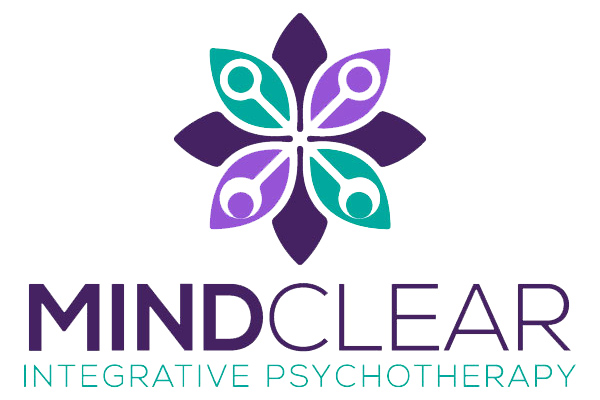
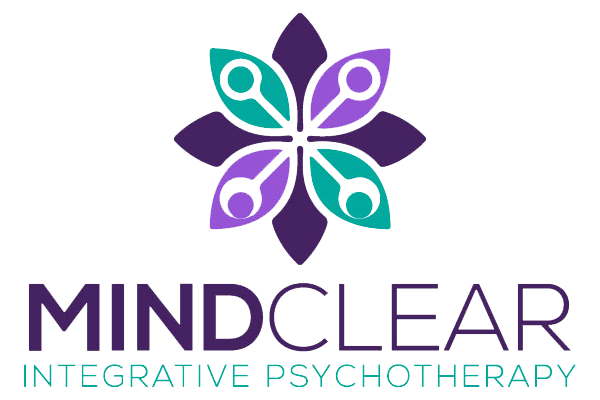
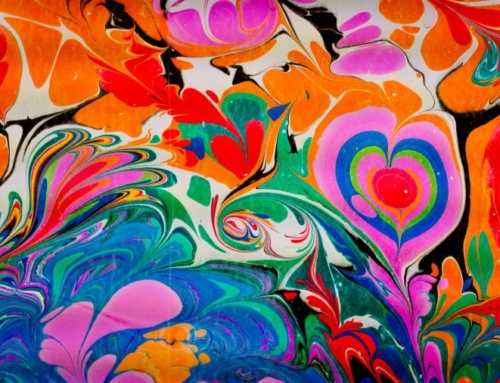
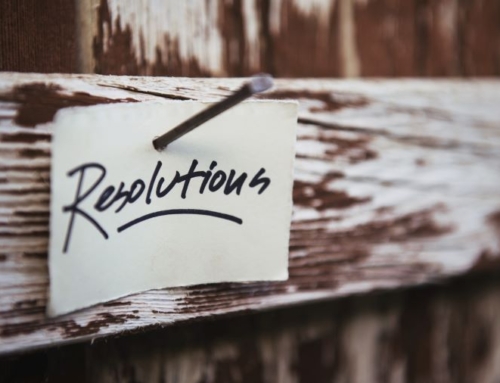
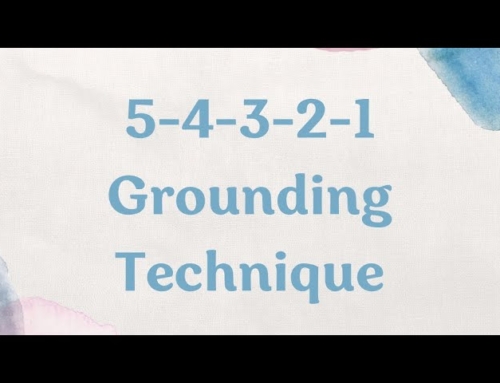




[…] due to it being associated with rage, aggression, witnessing others’ outbursts, and feelings of shame. It’s understandable why you’d rather just disown […]